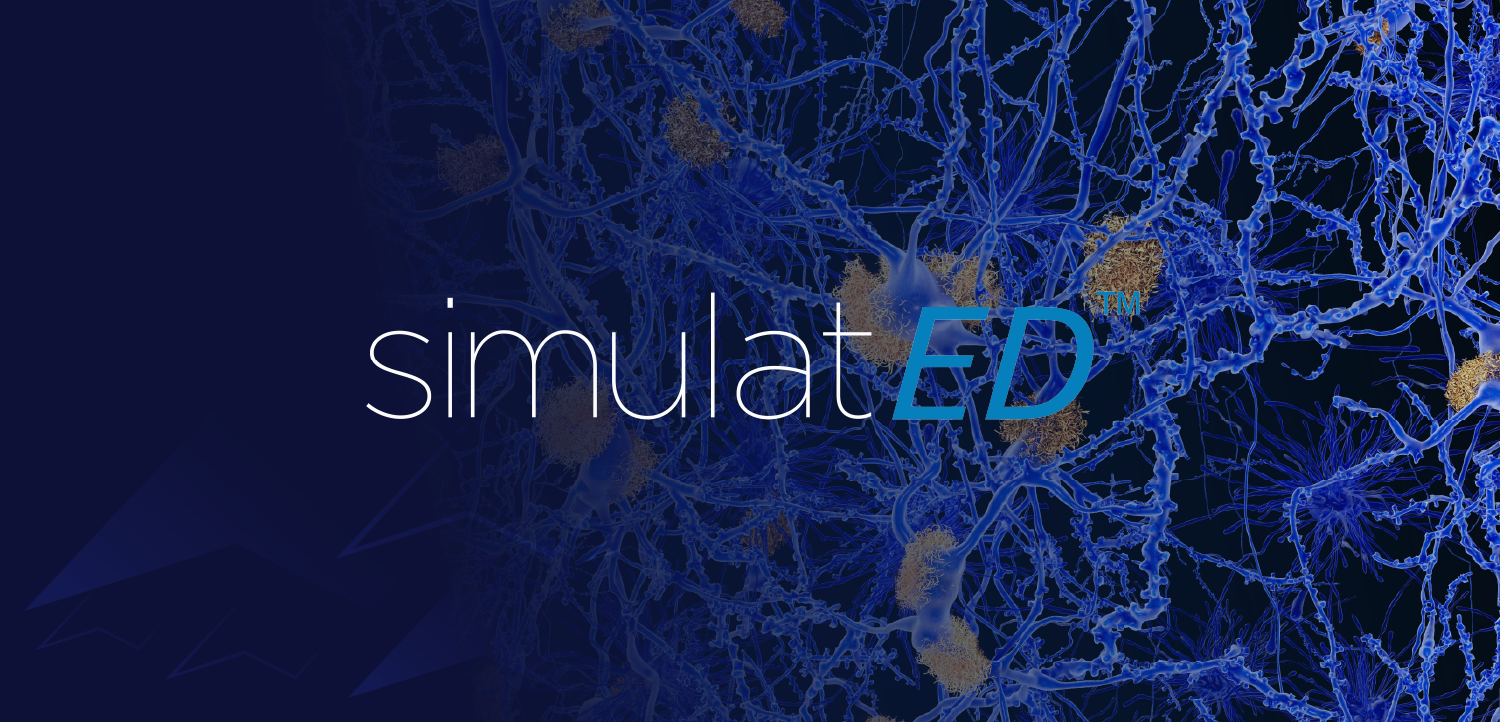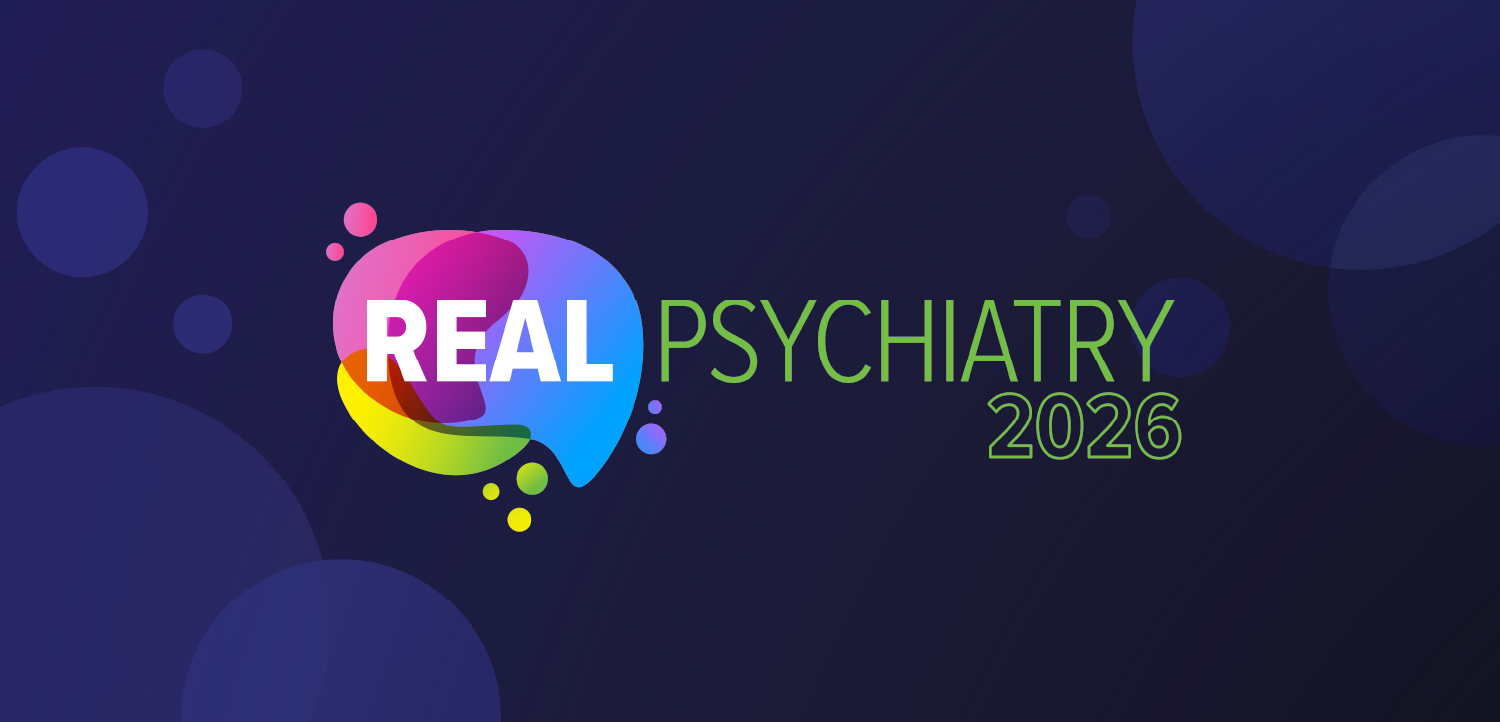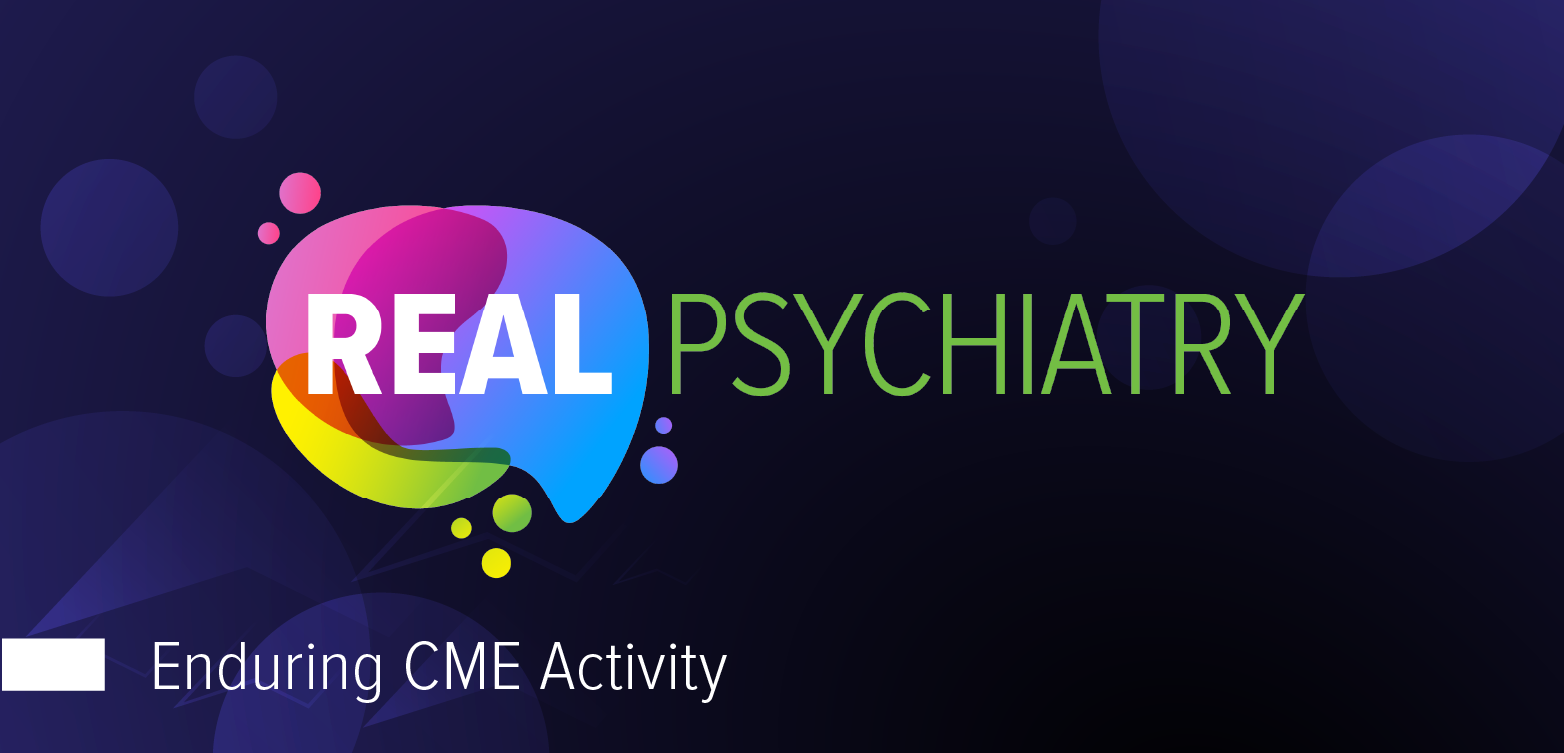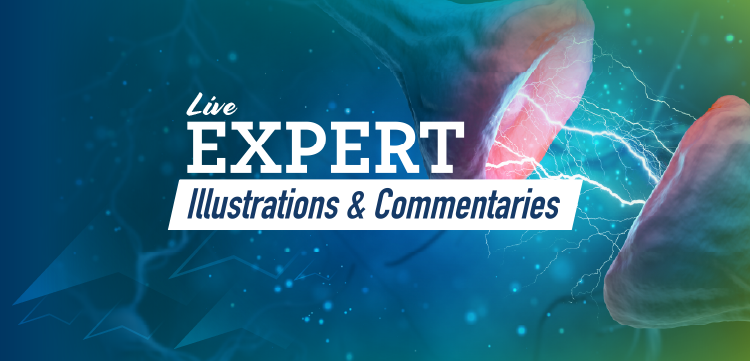For decades, personal essays on ECT highlighted pain and discomfort, a dismaying loss of memory, and an indifference of practitioners who forced the treatment on unwilling patients. The attacks on ECT by popular writers in the press and in film drowned out the voices that described its benefits. However, the public testimony has slowly changed toward a greater acceptance of ECT; it is time to hearken to the testimony of these witnesses and roll back the unethical restrictions that commit our most disadvantaged citizens to unnecessary chronic illness, prolonged hospital care and even death.








